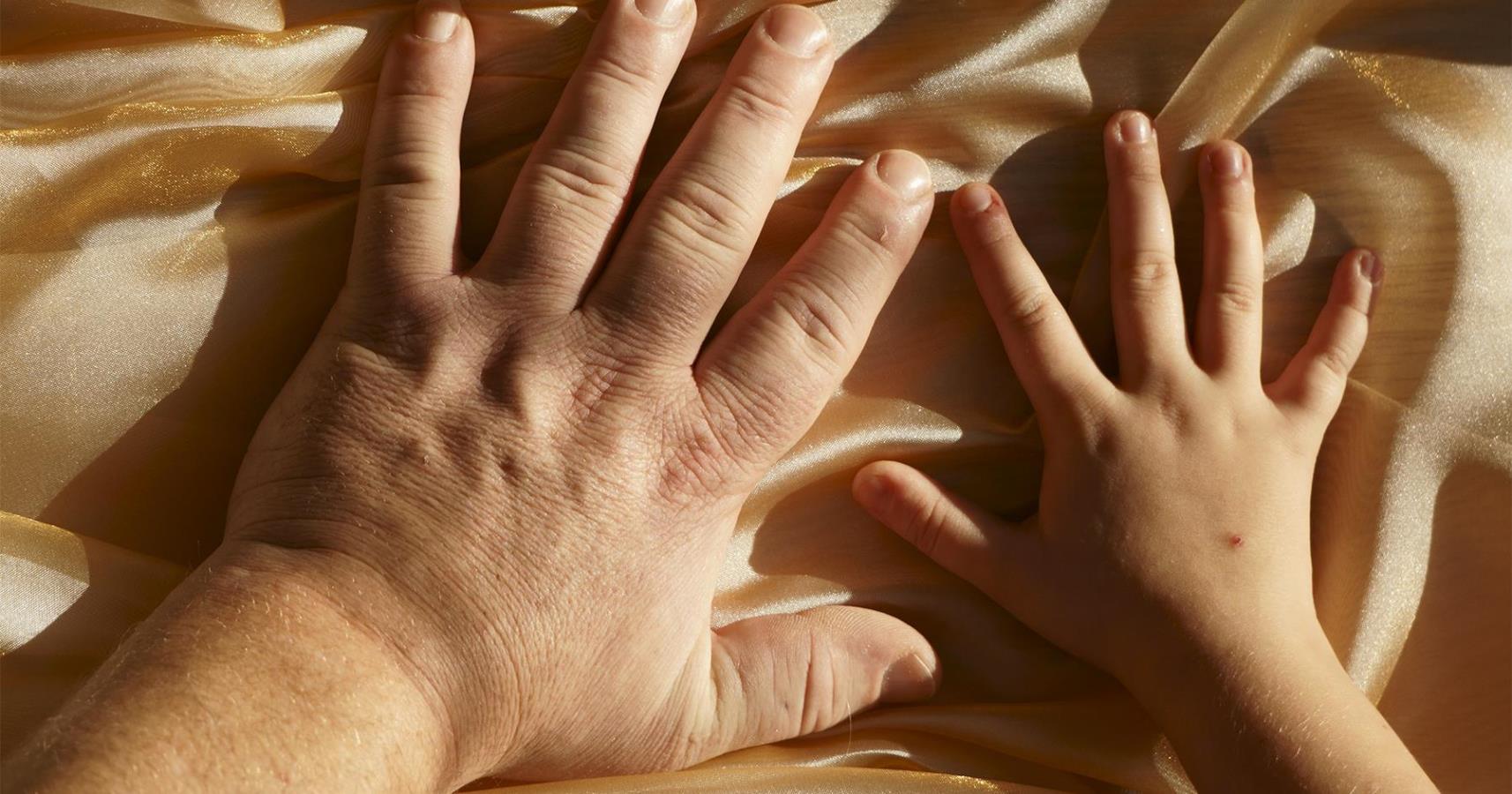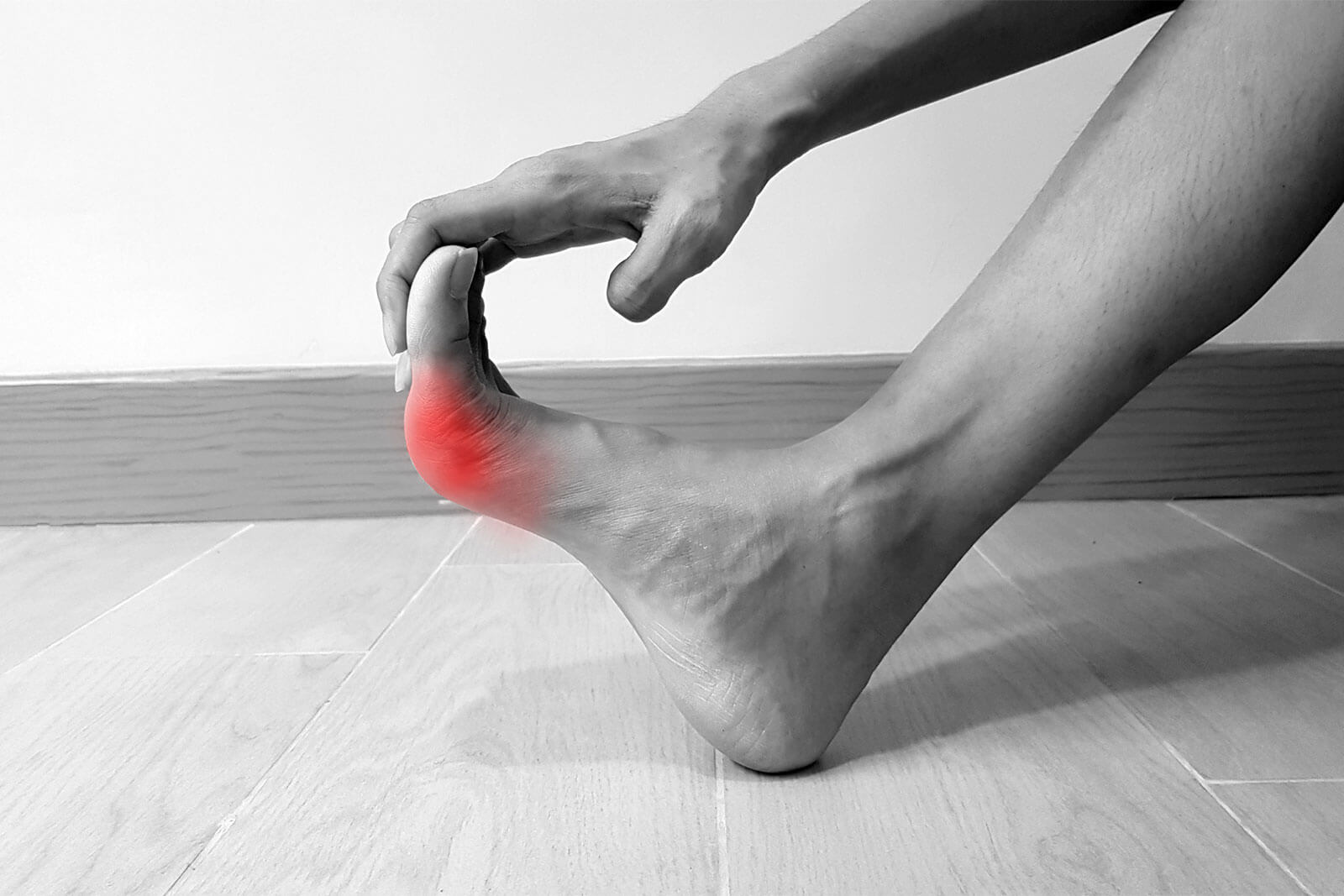Conjunctivitis, medically known as conjunctivitis , refers to the inflammation of the thin transparent membrane that covers the white part of the eyeball and the inner side of the eyelids. The condition is usually characterized by redness in the eyes , increased discharge , and discomfort. Conjunctivitis can be caused by bacterial, viral , or allergic factors.
This article will help you understand the symptoms, causes, treatment methods, and preventive measures for conjunctivitis.
How to Recognize Conjunctivitis: Symptoms and Signs
Common symptoms of conjunctivitis include:
- Eye Redness: The white part of the eye appears noticeably red or pink.
- Increased Discharge: Watery, mucous, or pus-like discharge may occur, causing the eyelids to stick together, especially upon waking in the morning.
- Eyelid Swelling: The eyelids may become swollen or puffy.
- Foreign Body Sensation: Patients often feel like something is in the eye, accompanied by itching or a burning sensation.
- Light Sensitivity: Sensitivity to light, which may lead to tearing or discomfort.
Depending on the cause, conjunctivitis may also be accompanied by other symptoms:
- Viral Conjunctivitis: Often caused by adenovirus , highly contagious, and may be accompanied by upper respiratory infection symptoms such as a runny nose or sore throat.
- Bacterial Conjunctivitis: Caused by bacterial infection , characterized by a large amount of pus-like discharge , significant eye pain, and, in severe cases, impaired vision.
- Allergic Conjunctivitis: Caused by allergens (such as pollen, dust mites, etc.), typically associated with intense itching , both eyes affected , and often accompanied by other allergy symptoms, such as sneezing or a runny nose.
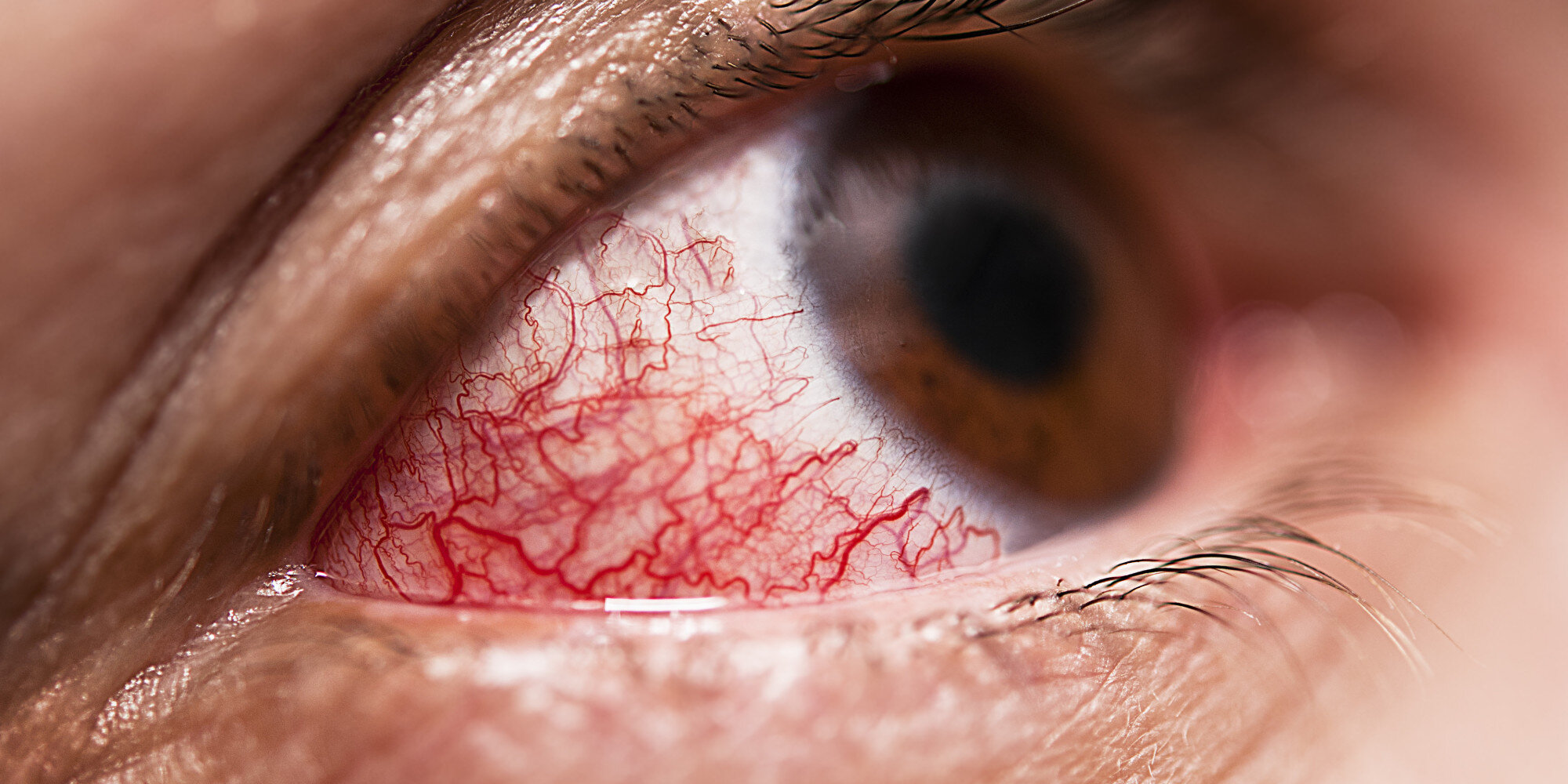
Diagnosis of Conjunctivitis
The diagnosis of conjunctivitis is primarily based on clinical symptoms and signs. The doctor will inquire about the medical history and perform an eye examination. In some cases, it may be necessary to collect conjunctival discharge for bacterial culture or viral testing to identify the cause and guide treatment.
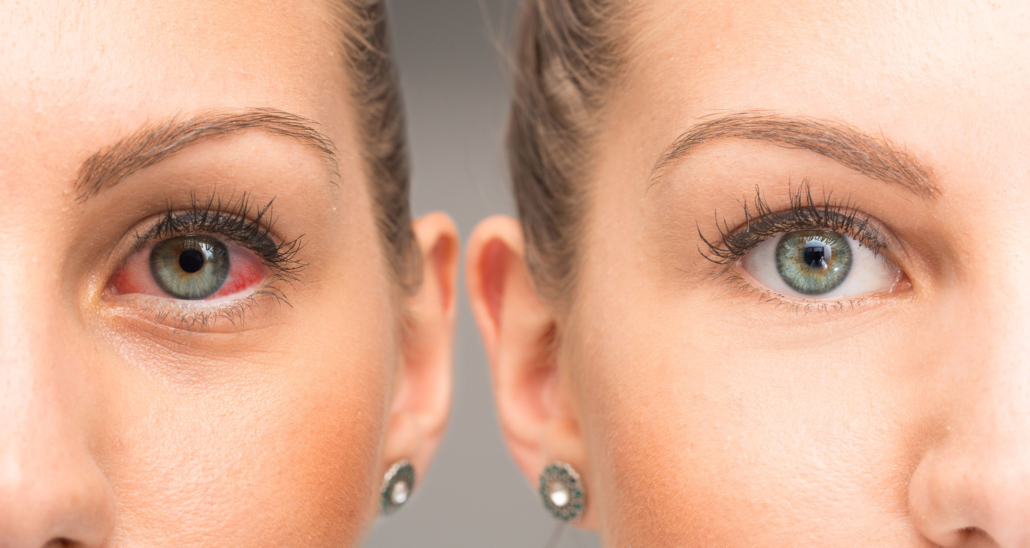
Treatment Methods for Conjunctivitis
Treatment methods depend on the specific type of conjunctivitis:
Treatment for Viral Conjunctivitis
- General Management: Viral conjunctivitis is usually a self-limiting condition, meaning it will typically resolve on its own within 1 to 2 weeks without special treatment. During this time, artificial tears can help alleviate discomfort and maintain eye cleanliness.
- Antiviral Treatment: For severe cases caused by herpes simplex virus or shingles virus , doctors may prescribe antiviral medications .
Treatment for Bacterial Conjunctivitis
- Topical Antibiotic Treatment: Use of antibiotic eye drops or ointments such as tobramycin eye drops or ofloxacin eye drops applied multiple times a day. Treatment should continue for 7 to 10 days , even if symptoms improve, to prevent recurrence.
- Systemic Antibiotics: For patients with severe symptoms or systemic infection, oral or intravenous antibiotics may be necessary.
Treatment for Allergic Conjunctivitis
- Avoid Allergens: Try to minimize exposure to known allergens such as pollen, pet dander, etc.
- Antiallergic Medications: Use antihistamine or mast cell stabilizer eye drops to relieve symptoms.
- Cold Compresses: Apply cold compresses to the eyes to reduce swelling and itching.
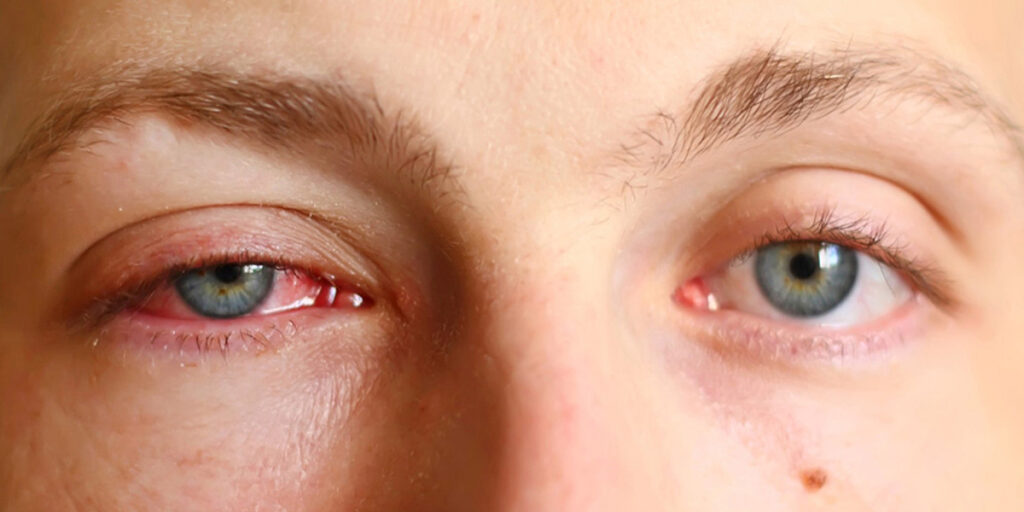
Preventive Measures for Conjunctivitis
Since conjunctivitis, particularly viral and bacterial types, is contagious, preventive measures are essential. Here are some effective prevention methods:
- Practice Good Personal Hygiene
- Wash Hands Frequently: Especially before touching the eyes, wash hands thoroughly with soap and water. Avoid touching your eyes with dirty hands to reduce the chance of spreading bacteria or viruses.
- Avoid Contact with Infected Individuals: Avoid close contact with individuals infected with conjunctivitis, especially sharing towels, pillows, or cosmetics.
- Use Personal Items: Avoid sharing towels, glasses, contact lenses, and their cleaning tools.
- Avoid Touching Your Eyes
- Habitually touching the eyes can introduce bacteria and viruses. Try to avoid rubbing your eyes, particularly in public places.
- Regularly Clean Glasses and Contact Lenses
- For contact lens wearers, maintain lens hygiene and use appropriate cleaning solutions. Clean and disinfect contact lenses daily and avoid wearing them for long periods, especially when experiencing eye discomfort.
- For glasses wearers, regularly wipe down your glasses to avoid bacterial accumulation.
- Avoid Exposure to Allergens
- For those with allergic conjunctivitis , minimize exposure to known allergens. Common allergens include pollen, dust mites, pet dander, etc.
- During pollen season, try to avoid going outside, particularly during windy times or when pollen levels are high. Wear protective glasses when necessary.
- Maintain a Clean Environment
- Regularly clean household and office surfaces, especially frequently touched items such as doorknobs, phones, and keyboards. These surfaces can carry bacteria and viruses that spread infections.
- Using an air purifier can help reduce allergens in the air, especially in environments with poor air quality.
- Boost Immune Health
- Strengthen your immune system through a balanced diet, regular exercise, and sufficient sleep to help resist external viruses and bacterial infections.
- Avoid Sharing Cosmetics
- Particularly eye cosmetics (such as mascara, eyeliner, etc.), which can easily be contaminated with bacteria. Avoid sharing these items, and if you experience any symptoms of conjunctivitis, stop using eye cosmetics immediately and clean all related tools.
- Seek Prompt Treatment
- If you notice symptoms of conjunctivitis, seek medical attention promptly to begin appropriate treatment and prevent worsening or spreading the condition to others.
By following these preventive measures, you can significantly reduce the risk of conjunctivitis and protect yourself and others from infection.





